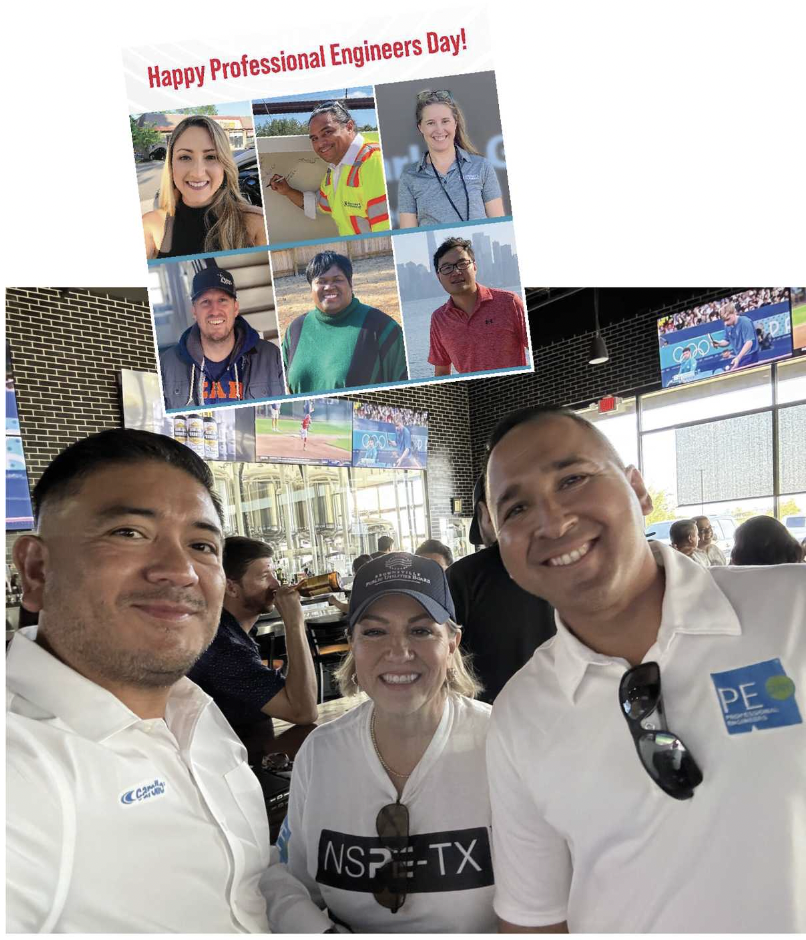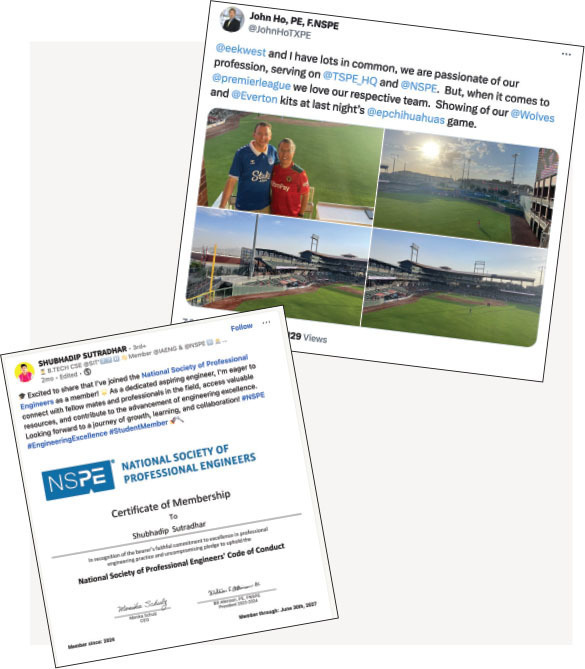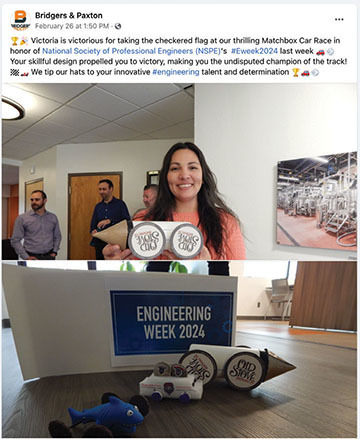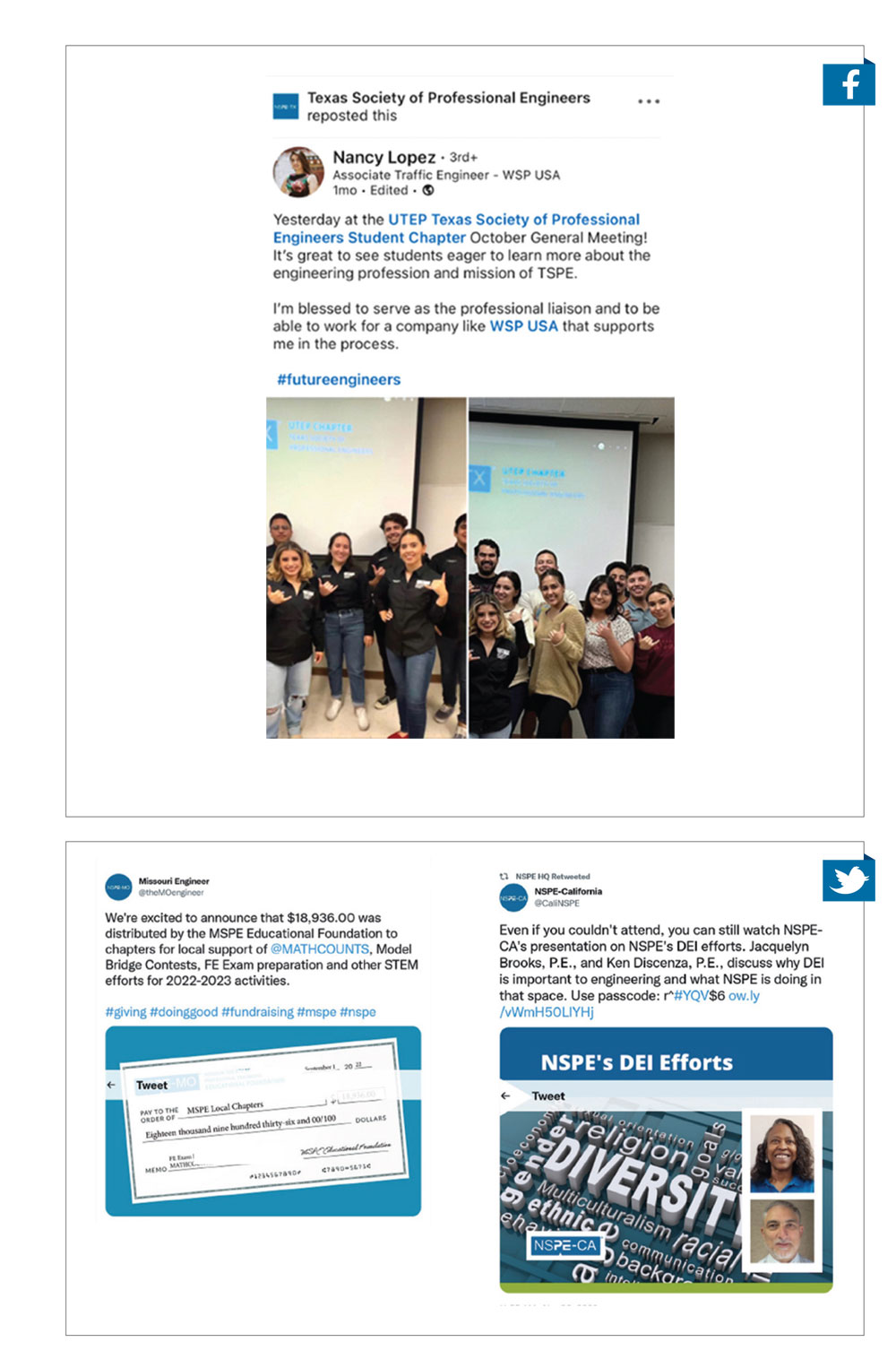May/June 2019
You Said It
Exams and Ethics
When I graduated from Drexel, we thought taking the FE (EIT) exam was a graduation requirement, and the tests were administered in the school’s drafting rooms. It covered all of the engineering field we had studied. My PE exam in mechanical engineering was only in mechanical, but covered a broad range of mechanical engineering, not just hydraulics, which was my main area in fire protection at the time.
The FE exam tested on what we had learned in school, and the PE exam tested what we had learned in practice. As a result, I was able to practice for 56 years with expertise in my main fields of HVAC and fire protection with enough knowledge of related systems of electrical and structural to solve simple problems and know when it was necessary to pass certain problems off to others.
It bothers me that the engineering schools are teaching the technology but are not teaching ethics, which is necessary for the practice of engineering.
John E. Kampmeyer, P.E., F.NSPE
Springfield, PA
Responding to Boeing Grounding
Design faults are often discovered through experience. Nobody wants to see this kind of thing happen, but it is a reality that we cannot escape. At what point do we say we have done enough investigation or analysis before certifying the aircraft to go in to production?
Recall the old saying that many business majors have learned: “If you want to get the product out the door, fire the engineer.” At some point you have to stop analyzing things or you will jeopardize any profitability that the business will have. This is a very unpleasant reality.
Yes, it is a judgment call that is made for business expediency.
In most accidents such as this, there is a chain of poor decisions that leads up to it. It is very unusual for there to be a single cause for an accident.
Jacob Brodsky, P.E.
Woodbine, MD
The 737 MAX is a good example of why I will never own, nor ride in, a self-driving automobile! Back when I was at a big three automaker on an air bag team, we still used two mechanical sensors as well as the SDM accelerometer-based computer to fire the air bags; both the computer and the two mechanical sensors had to agree before firing the air bags. Other automakers used just the computer and had no other checks in the system. I drive to almost all of my assignments and rarely want the hassle of flying. The rail industry is introducing positive train control to override human error. Hopefully there will be a positive result.
Robert Cencer, P.E.
Tipton, MI
MORE Issue 1 2025 ARTICLES
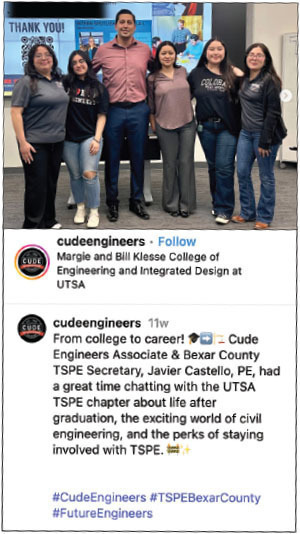
STAY CONNECTED WITH THE PROFESSION AND COLLEAGUES IN NSPE’S ONLINE COMMUNITIES FOR PR

STAY CONNECTED WITH THE PROFESSION AND COLLEAGUES IN NSPE’S ONLINE COMMUNITIES FOR PR

Spring 2023
You Said It

Winter 2022
You Said It


 Volunteering at NSPE is a great opportunity to grow your professional network and connect with other leaders in the field.
Volunteering at NSPE is a great opportunity to grow your professional network and connect with other leaders in the field. The National Society of Professional Engineers (NSPE) encourages you to explore the resources to cast your vote on election day:
The National Society of Professional Engineers (NSPE) encourages you to explore the resources to cast your vote on election day: